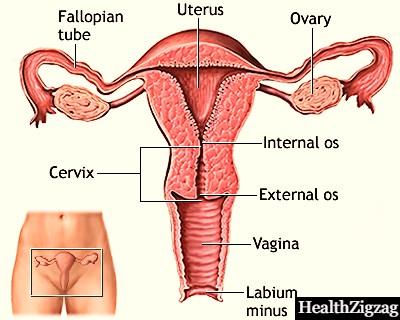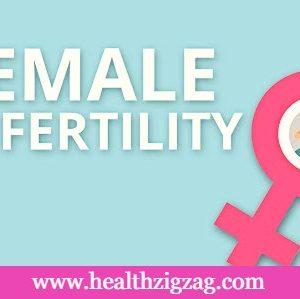
Contents
Female genital prolapse is a very prevalent pathology among women around the world. In some cases, it does not cause any symptoms and others must be treated with surgery.
Female genital prolapse is a fairly frequent condition that affects about 40% of women who have had several children. Estimated that between 7.5 and 14% of hysterectomies are performed for this cause.
There are no exact figures since female genital prolapse often causes no symptoms until it is very advanced. In many cases, this problem associated with others such as urinary or fecal incontinence.
It is estimated that 50% of women with this problem also suffer from urinary incontinence. Likewise, between 15 and 20% of these women also have some degree of anal incontinence. For this reason, it is a problem that can significantly affect the quality of life.
Female genital prolapse
Female genital prolapse is a pathology in which there is a displacement of the female genital organs beyond their normal anatomical location. Generally, what occurs is a decrease in the vaginal walls and adjacent organs, reaching the vulva. [1]
Sometimes the female genital prolapse affects the anterior compartment. In this case, it compromises the vagina and bladder. If it occurs in the upper compartment it compromises the uterus. Sometimes it affects the posterior compartment and in that case, there is a decrease in the rectum.
The prolapse can compromise only one compartment, but also two or all at once. The symptoms are usually very variable. They usually include:
- The sensation of weight in the genital area
- Low back or pelvic pain
- Visibility of a mass that appears through the vagina
- Incontinence
Pelvic floor
Female genital prolapse occurs frequently as a result of the weakening of the pelvic floor in women. This comprises a set of muscles and ligaments that are at the base of the pelvis. It fulfills the function of holding or retaining the digestive, urinary and reproductive system. [2]
On the pelvic floor, there is a whole set of closures, openings, and pressures that allow regulating the evacuation of urine and feces. This is not an innate function of the organism but is learned at an early age and then becomes a natural impulse.
Some factors cause the pelvic floor to weaken. Some of them are:
- Constipation
- Pregnancy
- Birth
- Postpartum
- High impact sports
When the pelvic floor weakened, easier for female genital prolapse to occur.
Classification of female genital prolapse
There are several ways to classify this pathology. According to the organs it affects, it is divided into a hysterical – when it causes the uterus to descend -, cystocele – when there is a decrease in the bladder – and rectocele – when what descends is the rectum.
However, in 2006, a new classification proposed that does not take as reference to the organs. But six precise regions associated with the posterior vaginal wall, the cervix, and the posterior fornix.
It also establishes measurements to determine the degree of descent of the organs. From this point of view, genital prolapse is classified as:
- Zero Level: there is no decrease.
- First Level: there is a descent of 1 cm above the hymen.
- Second Level: the descent is +/- 1cm from the hymen.
- Third Level: there is a decrease of +1 cm of the hymen and the observable protuberance is not more than 2 cm of the vaginal length.
- Fourth Level: the prolapse is total.
Causes of female genital prolapse
The weakening of the pelvic floor is a condition that greatly favors female genital prolapse. As such this is usually the result of multiple factors that include pregnancy and childbirth.
Pregnancy causes a great demand on the tissues since they must bear an important weight throughout pregnancy. Also during labor, there is a remarkable pressure on all the areas that support the pelvis and organs of this area.
Another risk factor is age because during menopause estrogen production decreases and these contribute to strengthening tissues. Likewise, obesity, chronic cough, constipation, and heavy lifting generate additional pressure in the abdomen and become risk factors.
There is a relationship between female genital prolapse and diseases such as lupus, multiple sclerosis, and similar ones. These alter the production of collagen or cause neurological alterations that weaken the support elements. Published By Healthzigzag.com




